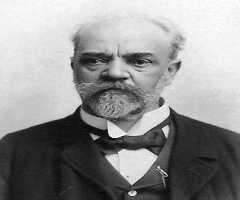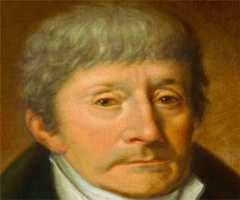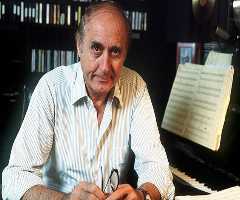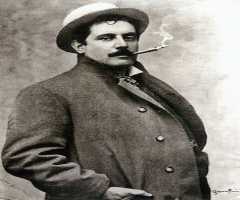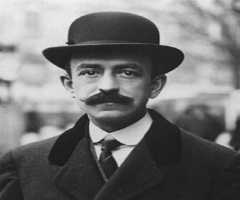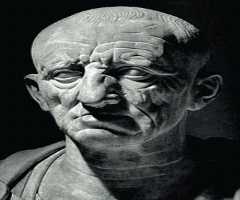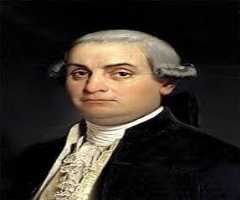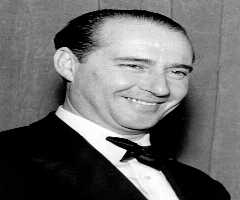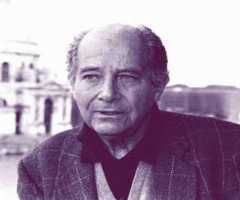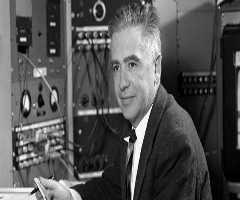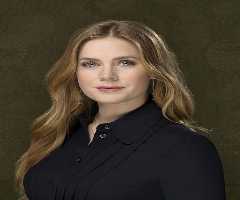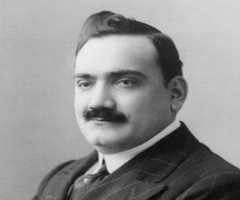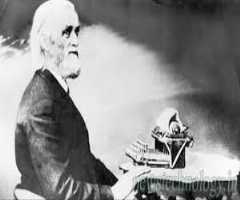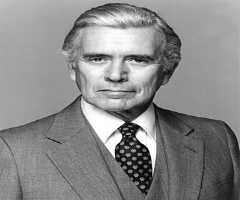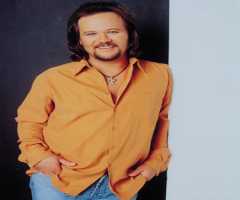
Giovanni Pierluigi da Palestrina Biography, Life, Interesting Facts
Early Life And Education
Giovanni Pierluigi da Palestrina was born on 3rd February 1525, to Santo and Palma Pierluigi. He was born in Palestrina, a town near Rome. At the time of his birth, the area was part of the Papal States.
Career
Giovanni Pierluigi da Palestrina went to Rome in 1537. He studied under Robin Mallapert, a French musician, and Firmin Lebel, a French composer and choir director. Palestrina became a member of the choir at Santa Maria Maggiore Basilica. Polyphony was fairly new to Italy at that time. There were no local composers using polyphony when composing. The influence came from two composers, Guillaume Dufay, and Josquin des Prez, from northern Europe. The two composers spent much of their time in Italy. Palestrina was largely influenced by them, and also began composing in the polyphony style.
Giovanni Pierluigi da Palestrina created beautiful church music, and in his time wrote many pieces. The type of polyphony written at the time became synonymous with late Renaissance music, of which Palestrina was Europe’s leading composer
In 1544, Giovanni Pierluigi da Palestrina joined the Cathedral of St. Agapito, as their organist. He held the position until 1551, when he was offered the appointment of a musical director of the Cappella Giulia, at St. Peter’s Basilica, by Pope Julius III.
Giovanni Pierluigi da Palestrina held several similar positions over the ensuing years but returned to Cappella Giulia in 1571, where he stayed for the remainder of his life.
Giovanni Pierluigi da Palestrina wrote many compositions, some not released until after his death. There are over 100 masses, 60 offertories, 140 madrigals, 72 hymns, 35 magnificats, 300 motets, 11 litanies, and several sets of lamentations.
Awards And Honors
1568: Emperor Maximilian invited Palestrina to the Imperial Court of Vienna
1583: The Duke of Mantua invited Palestrina to his Court
Personal
Giovanni Pierluigi da Palestrina was married twice during his lifetime.
His first marriage was to Lucrezia Gori, in 1547. They had two sons, Rodolfo, and Angelo. Tragically, in the 1570s, Giovanni Pierluigi da Palestrina lost his sons, his wife, and his brother to “The Plague” which raged throughout Europe.
His second wife was a wealthy widow, which gave him the freedom to continue composing without having to worry about the cost of living.
Legacy
In the 19th century, Palestrina’s popularity was revived by Giuseppe Baini who did a lot of research on Giovanni Pierluigi da Palestrina and confirmed him as legendry when it came to church music.
Two editions of Palestrina’s works have been released. The first is a 33-volume set published in Germany by Breitkopf, c. 1862 – 1894. The second is a 34-volume set published in Rome by Fratelli Scalera around the middle of the 20th century.
Those who study pedagogical music in college will find reference to Giovanni Pierluigi da Palestrina in their classes on music from the Renaissance period.
